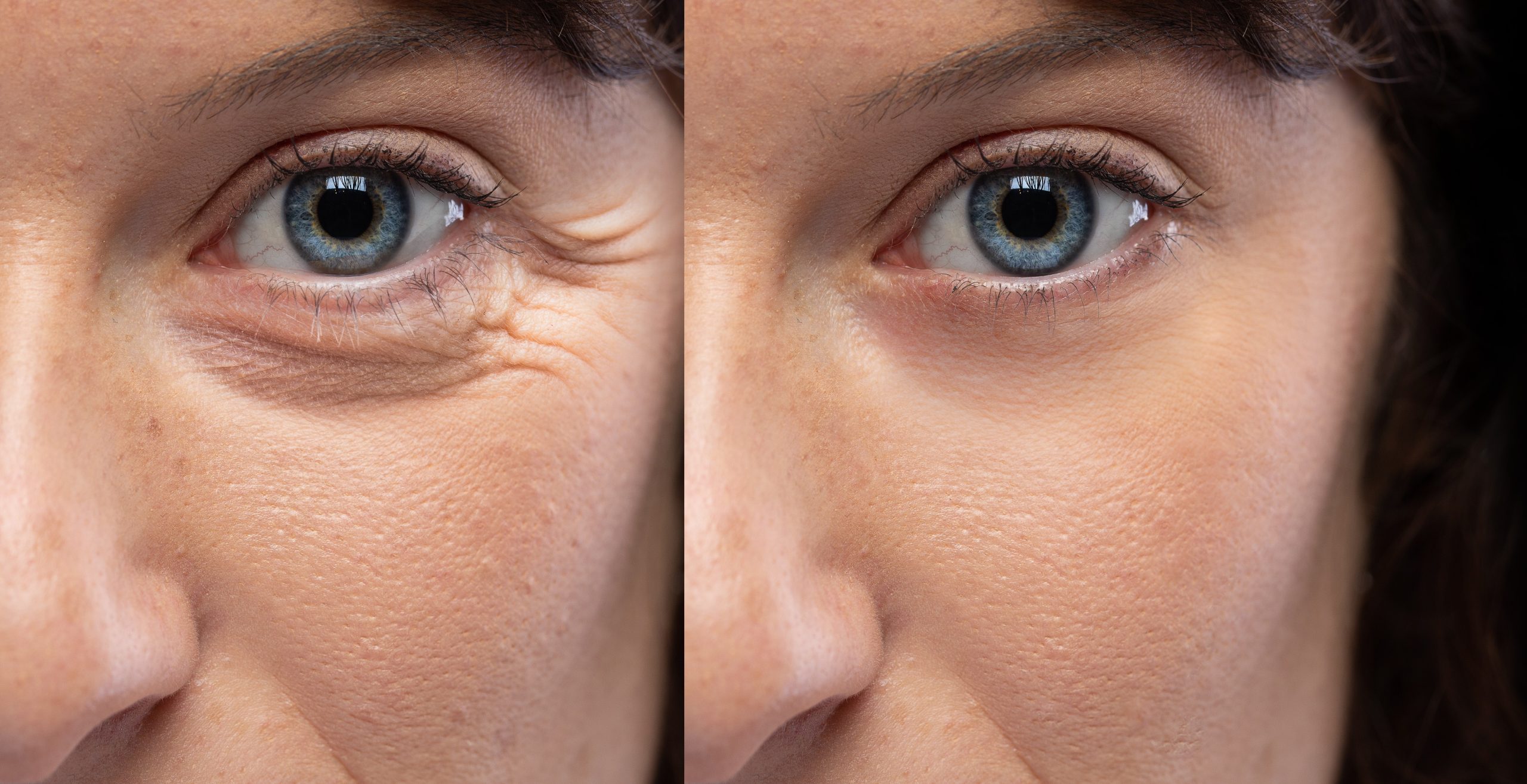When you think of Botox, chances are cosmetic applications come to mind, as it weakens or paralyzes muscles and blocks nerves. Yet, Botox has an interesting far-reaching history, so here’s a look into its origin.
- Botulinum toxin was first discovered in 1897, after a group of Belgian musicians fell sick after eating ham. The ham was sent for analysis to professor Dr. van Ermengem, who identified the bacteria.
- In 1965, the toxin’s paralysis effect was discovered while conducting animal studies.
- In the 1970s, American ophthalmologist Dr. Alan Scott investigated the toxin as a possible treatment for eye impairments. In 1978, he injected the toxin into a patient in an attempt to treat the eye muscles after surgery for retinal detachment. The experiment was successful and paved the way for other patients to receive it, including those who suffered from strabismus, or misalignment of the eyes.
- Doctors in other fields heard of Dr. Scott’s injections, and began using them for other issues such as jaw-clenching and migraines. But beyond addressing the root problem, these injections also came with an unexpected benefit: patients found that the fine lines around their eyes were also smoother.
- The FDA approved Scott’s drug, OnabotulinumtoxinA, for therapeutic use in 1989. In addition to treating strabismus, it was also used for blepharospasm, a condition where the eyes shut tight involuntarily. He sold the rights to the drug in 1991, and the new distributor, Allergan, rebranded to Botox the year afterward.
Throughout the 1990s, Botox became known as a powerful tool for helping people maintain a more youthful appearance. Doctors became increasingly skilled at using it for cosmetic purposes, and by 2002, the drug received FDA approval for cosmetic applications.
Today, Botox continues to be used to treat eye conditions, as well as those that cause muscle contractions, chronic migraines, overactive bladder, and severe underarm sweating. Botox is also be used to relax muscles in the face for wrinkle reduction, brow lifting, and jawline slimming, making it a popular treatment for spa clients. And there you go!

